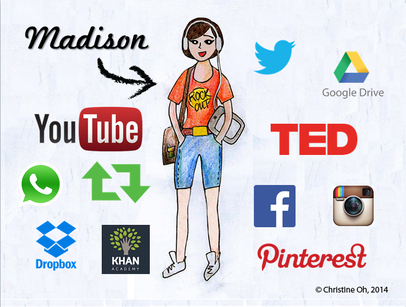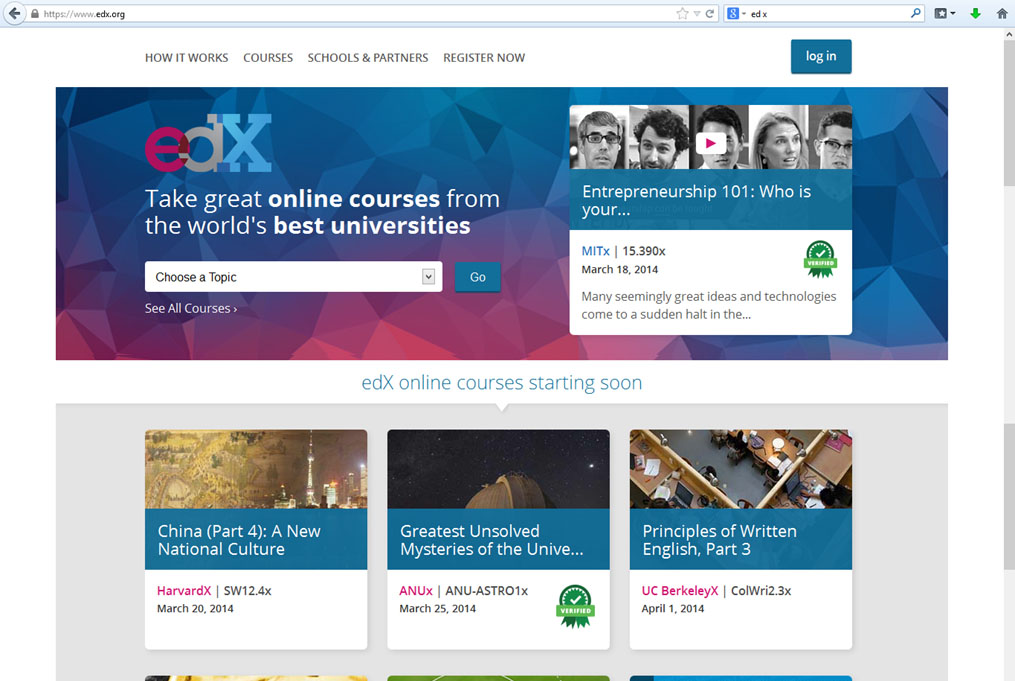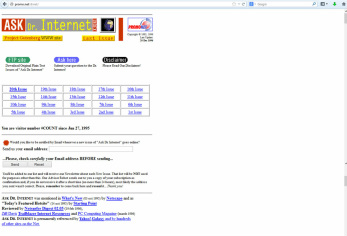At ScholarLab our definition of a live webinar is an online event that has the following:
- A presenter or a group of presenters sitting at a computer
- The presenter(s) are usually sharing information to a group of individuals located in multiple locations. We will call these individuals attendees
- The presenters may choose to have the attendees see them via video or just hear their voices
- Attendees can communicate with the presenter via a text chat feature
- Both presenter(s) and attendees must be online at the same time
We offer what we call Managed Webinars. So you may ask, what is a managed webinar vs. an unmanaged webinar?
A managed webinar has the following characteristics:
ScholarLab
- Manages the setup of the webinar
- Designs the marketing or communication emails
- Trains your presenters
- Acts as moderator during your live webinar
- Provides technical support during the live webinar
- Administers a survey at the end of your webinar
- Provides you with a summary of the survey results
Benefits of a simple managed webinar:
- For many of your presenters who are either busy or not tech savvy, figuring it out all by themselves is a daunting task
- You may have a small staff, and training presenters on how to use your webinar platform takes them away from critical day to day activities
- Our webinar platform is simple and easy to use
- You get the important technical support that is often needed during a live webinar. Let’s face it- many of the large webinar companies do not provide technical support during a live webinar
- After your webinar is over, the recorded content is quickly transfered to your ScholarLab Online Learning System





















